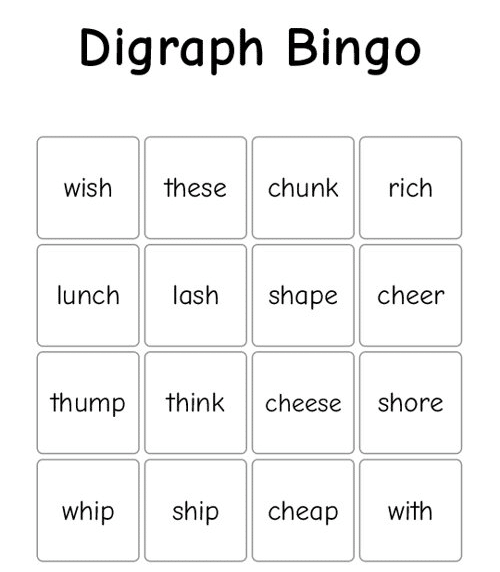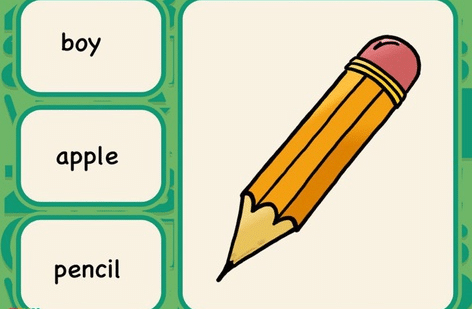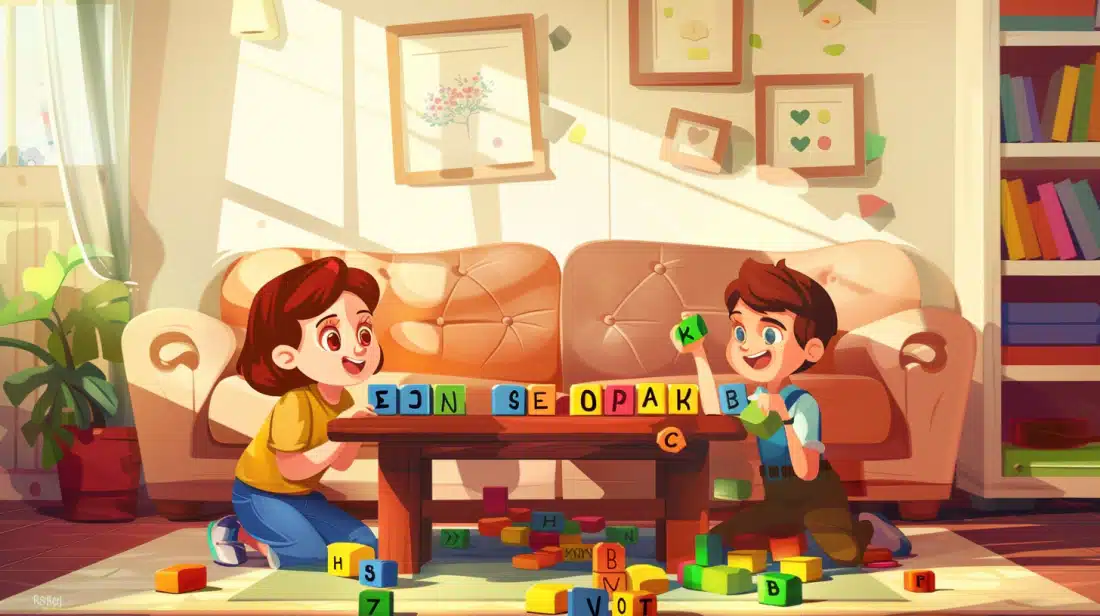Confused by digraphs? You’re not alone.
Many struggle to grasp these unique letter combinations that create distinct sounds, challenging reading, and spelling.
But fear not! By understanding digraphs, you can boost your reading and writing skills, unlocking a new level of language mastery.
In this blog post, we’ll explore the types and examples of English digraphs and how to teach and learn them effectively.
Prepare to say goodbye to digraph confusion and hello to a more confident, capable you.
Let’s demystify digraphs and pave the way for success in reading and writing!
What is a Digraph?
A digraph is a combination of two letters that represent a single sound in written language.
This unique pairing helps create the diverse sounds found in English words.
English is rich with digraphs, both consonants and vowels.
Consonant digraphs like sh (shell), ch (chip), th (thin), and ph (phone) are prevalent.
Vowel digraphs, such as ai (rain), ee (tree), and oa (boat), also frequently appear in words.
Some less common digraphs include gh (laugh), gn (sign), and kn (knight), adding to the complexity of English spelling.
Importance in Reading and Spelling
Recognizing digraphs is crucial for decoding words, allowing readers to break down complex vocabulary into manageable chunks.
By identifying digraphs, readers can more accurately pronounce words, leading to improved reading fluency and comprehension.
Moreover, understanding digraphs contributes to precise spelling, as many words contain these letter combinations.
Types of Digraphs
1. Consonant Digraphs
Consonant digraphs are combinations of two consonants that join forces to produce a distinct sound, different from the sounds of the individual letters.
These unique pairings play a significant role in English pronunciation and spelling, making it essential for language learners to understand and recognize them.
List of Consonant Digraphs
| Digraph | Sound Produced | Example Words | Comments |
|---|---|---|---|
| SH | /ʃ/ | ship, fish, brush, cash | Appears frequently at the beginning or end of words; combines “s” and “h” sounds. |
| CH | /tʃ/ | chop, watch, much, bench | Common in many English words, it can vary to /ʃ/ in words of French origin like “chef”. |
| TH | /ð/ (voiced) | this, that, those | The voiced variant vibrates vocal cords. |
| /θ/ (voiceless) | think, math, with | The voiceless variant does not vibrate vocal cords. | |
| WH | /w/ (breathy) | when, why, which, wheel | Pronounced with a breathy, unvoiced quality, slightly different from “w”. |
| CK | /k/ | back, duck, clock | Used after a short vowel in a single-syllable word; provides a visual cue for spelling. |
| PH | /f/ | phone, graph, photograph | Produces the /f/ sound; commonly found in words of Greek origin. |
2. Vowel Digraphs
Introduction to Vowel Digraphs Vowel digraphs are combinations of two vowels that combine to produce a distinct sound.
These digraphs play a crucial role in shaping the pronunciation and meaning of words in the English language.
Understanding vowel digraphs is essential for mastering English orthography and developing accurate reading and spelling skills.
List of Vowel Digraphs
| Digraph | Sound Notation | Sound Description | Example Words |
|---|---|---|---|
| AI | /eɪ/ | A bright, open sound similar to the ‘a’ in “ace” | rain, sail, main |
| EA | /iː/ and /ɛ/ | Long ‘ee’ sound or short ‘e’ sound | bead, leaf, peace / bread, wealth, breakwater |
| EE | /iː/ | Long ‘ee’ sound, as in ‘see’ | feet, seen, agree |
| OA | /oʊ/ (usually) | Long ‘o’ sound, as in ‘boat’ | boat, road, coast / broad, cupboard (less common) |
| OO | /ʊ/ and /uː/ | Short ‘u’ sound or long ‘oo’ sound | book, look, good / moon, pool, food |
3. Unique Digraphs
In the English language, unique digraphs are special combinations of letters that influence the pronunciation of vowels in distinct ways.
These digraphs play a crucial role in shaping the sounds of words and contribute to the complexity and variety of English phonetics.
Types of Unique Digraphs
| Type | Digraph | Examples | Phonetic Description |
|---|---|---|---|
| R-Controlled | ar | car, star, farm | Sounds like “ar” in “car” |
| er | her, sister, verb | Sounds like “er” in “her” | |
| ir | bird, stir, shirt | Sounds like “ir” in “bird” | |
| or | born, storm, form | Sounds like “or” in “born” | |
| ur | turn, burn, curl | Sounds like “ur” in “turn” | |
| L-Controlled | al | talk, salt, almost | Sounds like “al” in “talk” |
| ol | cold, gold, old | Sounds like “ol” in “cold” | |
| il | milk, silk, fill | Sounds like “il” in “milk” | |
| ul | gulf, sulk, fulminate | Sounds like “ul” in “gulf” | |
| el | travel, funnel, cancel | Sounds like “el” in “travel” | |
| W-Controlled | ow | cow, now, howl | Sounds like “ow” in “cow” |
| ow | snow, yellow, own | Sounds like “ow” in “snow” | |
| ew | new, crew, few | Sounds like “ew” in “new” |
Educational Resources to Teach Digraphs
1. Flashcards
Flashcards are a versatile tool for introducing and reinforcing digraphs visually and auditorily.
Customize flashcards with pictures for younger learners, making the connection between sounds and images more concrete.
Use flashcards for quick reviews and practice sessions, allowing learners to build their recognition speed.
2. Digital Apps
Look for apps that tailor lessons based on user performance. This ensures that learners receive targeted practice in areas where they need the most support.
Digital apps can gamify the learning process, making it more engaging and rewarding.
3. Practical Exercises
Implement a variety of practical exercises, such as fill-in-the-blanks, word sorting, and sentence creation tasks, to help learners apply their digraph knowledge in diverse contexts.
These exercises reinforce learning and allow students to understand better how digraphs function within words and sentences.
4. Incorporating Games and Activities
[Add picture of each game]
1. Digraph Bingo

Create bingo boards featuring digraph sounds and have players match the sounds to pictures or words.
This game promotes quick recognition and recall of digraph sounds in a fun, competitive setting.
2. Word Matching Games

This activity enhances quick recognition and expands vocabulary, as learners must identify digraphs within a variety of words.
Word-matching games can be played as physical card games or through digital platforms.
3. Interactive Digital Quizzes
Develop customizable digital quizzes focusing on specific digraphs, allowing learners to test their knowledge and receive immediate feedback.
These quizzes can track progress and adapt the difficulty level based on the learner’s performance, ensuring a consistently challenging and engaging experience.
Challenges and Tips
Learners may face challenges distinguishing similar digraph sounds, such as the difference between ch and sh.
Listening exercises focusing on minimal pairs (e.g., chip vs. ship) can help train the ear to discern these sounds.
Additionally, mnemonic devices or memorable phrases (e.g., “when two vowels go walking, the first one does the talking”) can aid in recalling digraph patterns.
By grasping the concept of digraphs and their role in English, learners can tackle words with greater confidence and skill, enhancing their overall literacy development.
Advanced Concepts in Digraphs
As learners progress in their understanding of digraphs, it is essential to delve into more advanced concepts to develop a comprehensive grasp of English phonetics.
Mastering these advanced concepts will enable learners to confidently tackle complex words and enhance their reading and spelling abilities.
1. Digraphs vs. Blends
Digraphs and blends are two distinct phonetic structures that learners must differentiate.
Digraphs are two letters that combine to create a single, unique sound, such as “sh” in “shell” or “ch” in “chat.”
On the other hand, blends are two or more consonants that appear together but retain their sounds, like “bl” in “blue” or “st” in “stop.”
Understanding how these structures function differently in word formation is crucial for accurate pronunciation and spelling.
2. Digraphs vs. Trigraphs
While digraphs consist of two letters, trigraphs are three letters that produce a single sound.
Examples of trigraphs include “igh” in “light,” “eau” in “beautiful,” or “tch” in “catch.”
Contrasting the use and phonetic impact of digraphs and trigraphs helps learners recognize and apply these patterns effectively in their reading and writing.
Digraph Phonetic Complexities
Addressing phonetic complexities such as silent digraphs and their associated rules.
Silent digraphs, like “kn” in “knight” or “gn” in “gnome,” can be challenging for learners as they do not contribute to the word’s pronunciation.
To improve their spelling accuracy, teach learners the specific rules governing these silent digraphs.
Emphasize the importance of context in determining digraph sounds.
Certain digraphs may produce different sounds depending on their position within a word or the surrounding letters.
For instance, the digraph “ow” can represent different sounds in “snow” (/oʊ/) and “cow” (/aʊ/).
Helping learners identify and analyze these context-dependent variations will enhance their phonetic proficiency.
By exploring advanced concepts in digraphs, learners will gain a more comprehensive understanding of English phonetics.
Through targeted instructional strategies and exposure to phonetic complexities, learners will develop the skills necessary to navigate the intricacies of the English language with confidence and precision.
Conclusion
Understanding digraphs is a fundamental aspect of mastering the English language.
By recognizing the unique sounds these letter combinations create, learners can improve their reading fluency, comprehension, and spelling accuracy.
Through engaging teaching strategies and consistent practice, students of all ages can grasp the intricacies of digraphs and apply this knowledge in their everyday reading and writing.
As learners explore advanced concepts and variations in digraphs, they develop a more comprehensive understanding of English phonetics, empowering them to tackle complex words confidently.
Embracing the world of digraphs opens doors to enhanced literacy skills and a deeper appreciation for the English language.
So, let’s continue our journey of discovery and unlock the power of digraphs to become proficient readers and writers.

